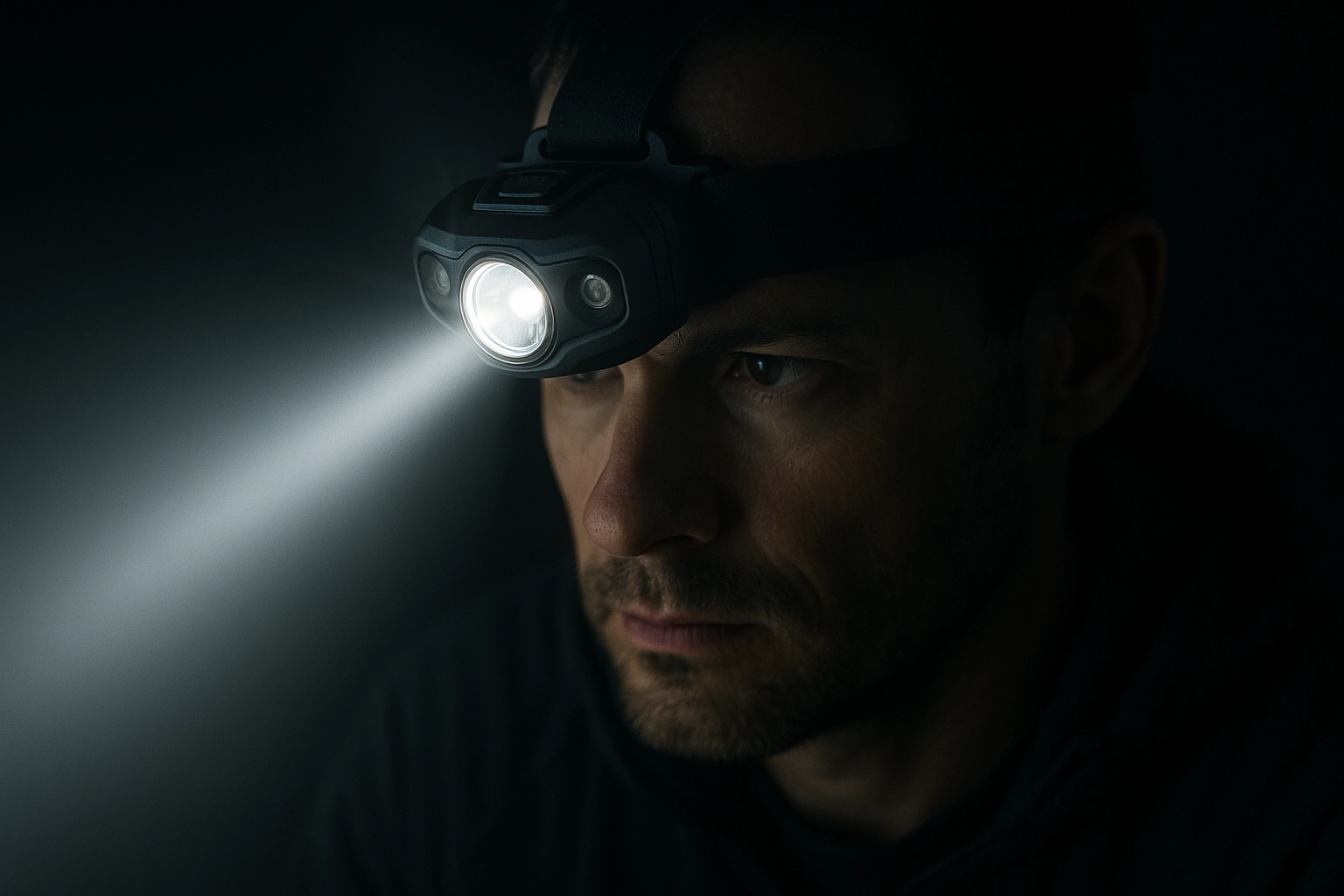NF EN 12368 – Road Lighting Signal Testing
The NF EN 12368 standard is a crucial document in the field of road lighting signal testing, providing specifications and procedures for ensuring that all road lighting signals meet strict safety and performance criteria. This standard has been adopted to ensure uniformity across Europe, aligning with international standards such as those set by ISO and IEC.
Compliance with this standard is mandatory in several European countries, including France, Germany, Italy, Spain, the United Kingdom, and others. The NF EN 12368 covers various aspects of road lighting signals, including their performance under different environmental conditions, luminance levels, and color specifications.
The standard specifies detailed requirements for the testing methods that should be applied to ensure that light sources meet specific criteria. It defines test procedures for evaluating the optical characteristics of road lighting signals, such as beam distribution, intensity, and color rendering index (CRI). Additionally, it sets out guidelines for assessing the electrical performance of signal lights.
The testing process outlined in NF EN 12368 involves several stages. Initially, specimens are prepared according to prescribed procedures. This includes cleaning the surface of the light source and ensuring that all components are free from defects. Once prepared, the samples undergo a series of tests designed to evaluate their performance under various conditions.
One key aspect of NF EN 12368 is its emphasis on environmental factors. The standard requires testing in different temperature ranges and humidity levels to simulate real-world use. This ensures that road lighting signals can withstand harsh weather conditions, including heavy rain and snowfall, without compromising their performance.
The optical characteristics of the light sources are also rigorously tested using specialized equipment. Beam distribution patterns are measured at various angles to ensure that the signal is visible from all necessary directions. Intensity levels are checked to confirm compliance with specified ranges, while color rendering indices are evaluated to ensure accurate color representation.
Electrical performance testing forms another critical component of NF EN 12368. This includes checking for voltage stability and current consumption under different operating conditions. The standard also requires testing the durability of components through accelerated aging processes.
| Test Parameter | Description |
|---|---|
| Beam Distribution Pattern | The pattern of light emitted by the road lighting signal, measured at various angles. |
| Intensity Levels | The brightness levels of the signal, ensuring they meet specified ranges for visibility. |
| Color Rendering Index (CRI) | A measure of how well a light source renders colors compared to natural daylight. |
| Voltage Stability | The ability of the signal to maintain stable voltage levels under varying conditions. |
| Current Consumption | The amount of electrical current used by the signal during operation. |
Why It Matters
The NF EN 12368 standard is essential for ensuring that road lighting signals comply with international safety and performance criteria. By adhering to this standard, manufacturers can demonstrate their commitment to quality and reliability, which is critical in the automotive industry.
Compliance with NF EN 12368 helps ensure that road lighting signals are effective under various environmental conditions, enhancing visibility for drivers and pedestrians alike. This not only improves safety but also reduces the risk of accidents caused by inadequate or poorly performing signal lights.
The standard promotes uniformity across Europe, which is vital for maintaining consistent standards in road lighting technology. This consistency benefits both manufacturers and consumers, as it ensures that products meet high-quality standards regardless of their point of origin.
Industry Applications
The NF EN 12368 standard is widely used in the automotive industry for testing road lighting signals. It applies to various types of light sources, including LED, halogen, and HID lamps.
Manufacturers use this standard during the development phase of new products to ensure that they meet all required specifications before going into production. This helps identify any potential issues early on, allowing for timely corrections and improvements.
The NF EN 12368 standard is also utilized in quality control processes, where it serves as a benchmark against which products are tested regularly. This ensures that every batch of road lighting signals produced meets the required standards consistently.
Use Cases and Application Examples
- Development Testing: Manufacturers use NF EN 12368 to test new designs before launching them into production.
- Quality Control: Companies employ this standard for regular testing of road lighting signals produced in large quantities.
- Regulatory Compliance: Organizations ensure that their products meet all relevant standards and regulations, including NF EN 12368.
In practice, the test procedures outlined in NF EN 12368 are applied to a wide range of road lighting signals. These include street lamps, traffic signals, and other types of directional signs used on roads and highways.
| Application | Description |
|---|---|
| Street Lamps | Broadly used for general illumination of roads and pathways. |
| Traffic Signals | Direct traffic flow and provide safety to pedestrians and drivers. |
| Directional Signs | Guide motorists through complex road networks. |





